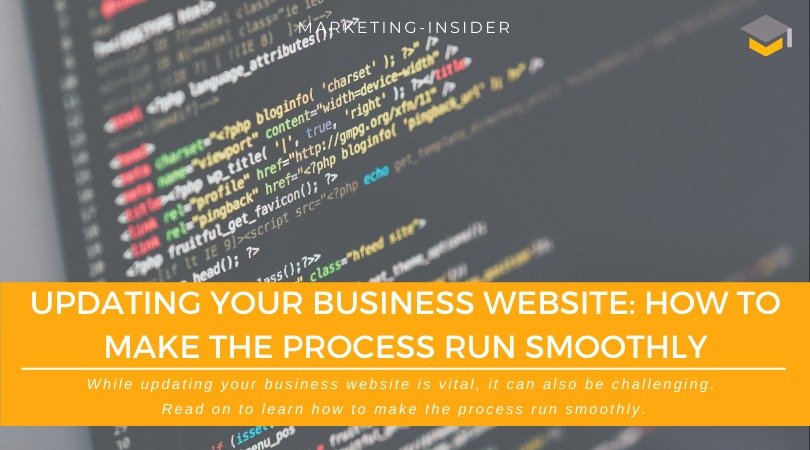With the rising availability of the internet and the increasing convenience of online services, it’s safe to say that every business needs a website in 2021. Once you create your site’s website, it’s essential that you continue to maintain and update it to ensure that it continues to meet its users’ needs. Without the right functions and features, your website will soon lag behind those of your competitors. It will also fail to attract and convert the profitable sales leads that your company needs to survive and thrive in today’s highly competitive corporate landscape. While updating your business website is vital, it can also be challenging. If your website has to go down for a time, then it could affect your business.
So, you need to learn how to manage your website developments and updates effectively. Keep reading, and we’ll share some practical tips.
Use Outsourced Experts
Some small developments can be done in-house or using your website creation platform. However, some more significant adaptations such as implementing ecommerce solutions like Shopify might require the support of external experts. Try to choose a development team with experience in adding the features that your site needs. For example, if you are eager to add ecommerce capabilities to your site, then you should try to find a developer dedicated to adding these functions. Experts such as Pingala Ecommerce (a leading Shopify developer in Kent) are just one of many companies with the capabilities to provide a complete Shopify development service, from the conception and design of your site through to ongoing maintenance. By outsourcing the development/maintenance of your website, you can ensure it’s done to the highest standard possible.
Create A Plan For Your Updated Website
Once you’ve found the ideal outsourced partner for updating your business website, you should form a plan for your website updates. Do your market research, and find out what your target website users are looking for when they visit your site. Additionally, you should check out the competition and what they’re offering on their sites.
With this information, you can work with your outsourced development agency to work out which updates are best for your website and how you can implement them. Never enter into something as serious as updating your website without making a plan. Without one, you might find that your updates don’t meet your expectations.
Reduce Downtime Where Possible
If your business’s website is unavailable, then that’s the equivalent of your company not having one at all. As such, you need to reduce the amount of time that your site is down as much as possible.
The best way to approach this is to collaborate with an outsourced expert, as mentioned above. They can help you to reduce or eliminate downtime and keep your site running while they are updating your business website. If you’re making smaller changes yourself, then you can usually make them on the back-end of the site, then update the front-end. Save a copy of your site, so that you know what’s there. You should also learn how to update your site without affecting your SEO results, so that you can retain all of the hard work that you’ve put into getting your site to prime position on popular search engines.
Conclusion
Overall, updating your business website can be a challenging process, but it could be worth the investment of time, money and effort in the long run. Your main focus as a business leader needs to be on ensuring that your customers continue to get the exceptional online support they need while you add new features to improve their user experience. Use this article to get inspiration and start the process of enhancing your site and adding the functions that your target visitors expect. With these tips, you should be able to adapt and thrive in today’s digital market.
